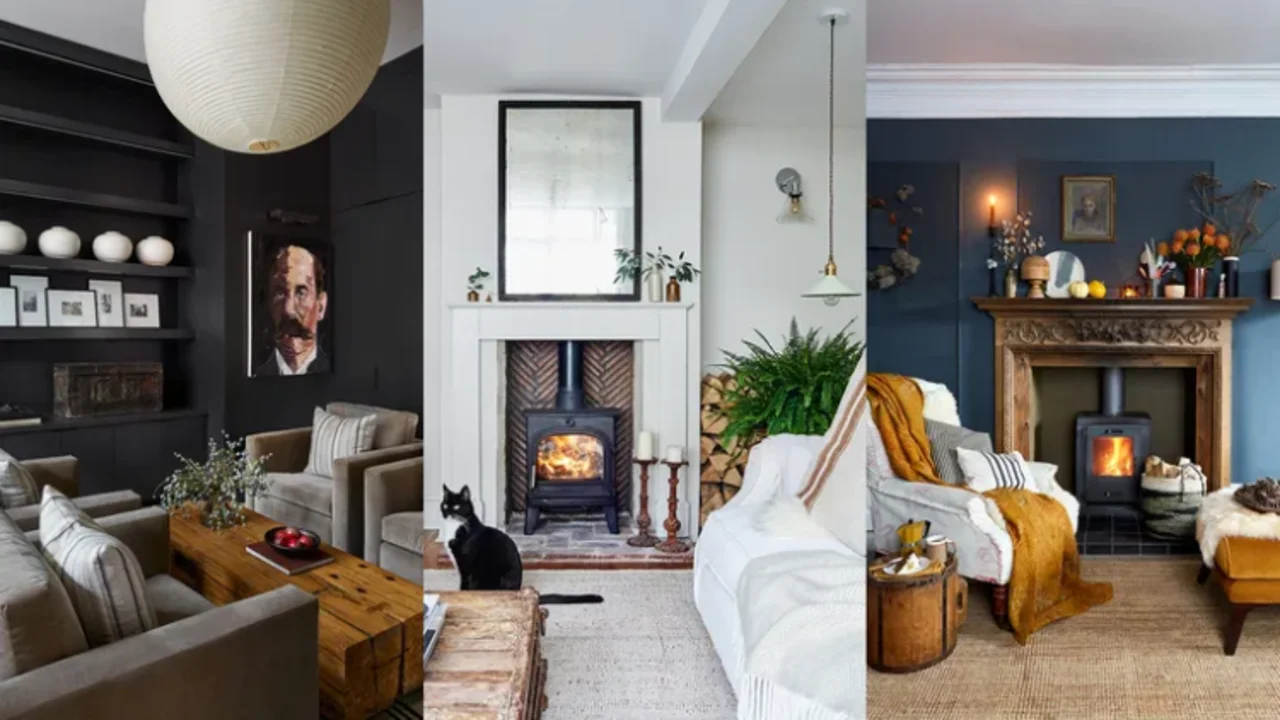Key Takeaways
- Discover the essential principles of creating cozy, functional spaces that reflect personal style.
- Understand the balance between aesthetics and practicality in interior design.
- Gain insights into sustainable choices that support both style and the environment.
Interior design aims to balance style and comfort, incorporating clean lines, open layouts, and minimalist elements. Soft textures, natural elements, and functional layouts create a contemporary and inviting home. Thoughtful lighting, cozy furnishings, and personalized touches add character while maintaining a sleek, uncluttered look. This balance ensures a visually appealing and functional space that reflects comfort and functionality.
In today’s fast-paced world, the role of an interior designer has become more critical than ever. Their work transcends mere decoration; it is about creating welcoming and practical environments that cater to the needs of those who inhabit them. This evolution in design emphasizes integrating personal style with everyday functionality, ensuring that the spaces are visually appealing and comfortably usable.
Modern interior design thrives on the balance of form and function. The necessity for thoughtful design grows as homes become multifunctional, serving as workplaces, gyms, and entertainment hubs. Each design decision must be intentional, ensuring that every corner of a home serves a purpose while maintaining an aesthetic pleasing to its inhabitants.
Core Principles of Creating Inviting Spaces
A cozy home is a place that evokes warmth and comfort through a mix of textures, colors, and lighting. The strategic use of color palettes sets the tone, while natural light enhances the atmosphere. Textures, from plush velvet couches to rustic reclaimed wood tables, add depth to the design. These elements create an inviting environment that reflects the homeowner’s personality. When combined effectively, these elements create spaces that are not only physically comfortable but also emotionally resonant.
Balancing Aesthetics With Functionality
Balancing aesthetics with functionality is crucial in creating an ideal living space. Furniture and decor should support lifestyle requirements, making the space practical and beautiful. Modern design innovations like modular sofas and extendable tables demonstrate how to meet these needs. A well-designed kitchen enhances the cooking experience by providing easy access to tools and ingredients. A living room with discrete storage solutions facilitates leisure and social gatherings. Understanding and prioritizing user lifestyle needs during design is key to achieving this balance.
Sustainable Design Choices
Designers are increasingly prioritizing environmental sustainability in their designs. Sustainable materials like bamboo and recycled furniture offer eco-friendly alternatives, supporting ecological health and enhancing space longevity. These materials reduce waste and contribute to indoor air quality and energy efficiency. As utility costs rise, homeowners can make responsible decisions that benefit their surroundings and the broader ecosystem by choosing eco-friendly options. This shift towards sustainable design choices is a growing trend in today’s design landscape.
Personalization: Making a Space Your Own
Personalization is what truly makes a space feel like home. It reflects the residents’ tastes, experiences, and values. Incorporating personal mementos, from family photographs to travel souvenirs, infuses warmth and character into a space. Whether composed of paintings or sculptures, art collections can provide personal meaning while simultaneously elevating a room’s aesthetic.
By expressing individuality through design, a home becomes more than just a place of shelter; it transforms into a personal sanctuary. This personalization creates a sense of belonging, making a house feel cherished.
Current Trends in Interior Design
The world of interior design is ever-evolving, with trends reflecting cultural shifts and technological advancements. Today, there is a strong lean towards minimalism, where less is more, and each piece in a room must earn its place. Smart home technologies seamlessly integrate with design, offering convenience and efficiency without sacrificing style.
Biophilic design trends, including plants and natural elements, are gaining popularity. These designs not only enhance aesthetics but also promote health and well-being. By staying informed about such trends, homeowners can keep their spaces current and stimulate fresh inspiration for their living environments.
Common Challenges and Solutions
Designing an ideal space often presents challenges. These obstacles require innovative solutions involving a limited budget, spatial constraints, or changing tastes. For instance, using open shelving in small kitchens can create storage without closing off the space, while converting underutilized areas into functional spaces can maximize utility.
Creatively facing these challenges can lead to unique solutions that enhance the room’s functionality and aesthetic appeal. By prioritizing needs and making thoughtful design decisions, homeowners can overcome these hurdles effectively and enjoy practical and beautiful spaces.

Doris Pollard, a mesmerizing wordsmith and experienced blogger, crafts narratives that carry readers into unexplored realms. Infused with insightful perspectives and vibrant storytelling, Doris’s mastery of language captivates both hearts and minds, making an enduring impression on the literary landscape.

